Rio Bosque Wetlands Park plan began in 1995: Trish Long
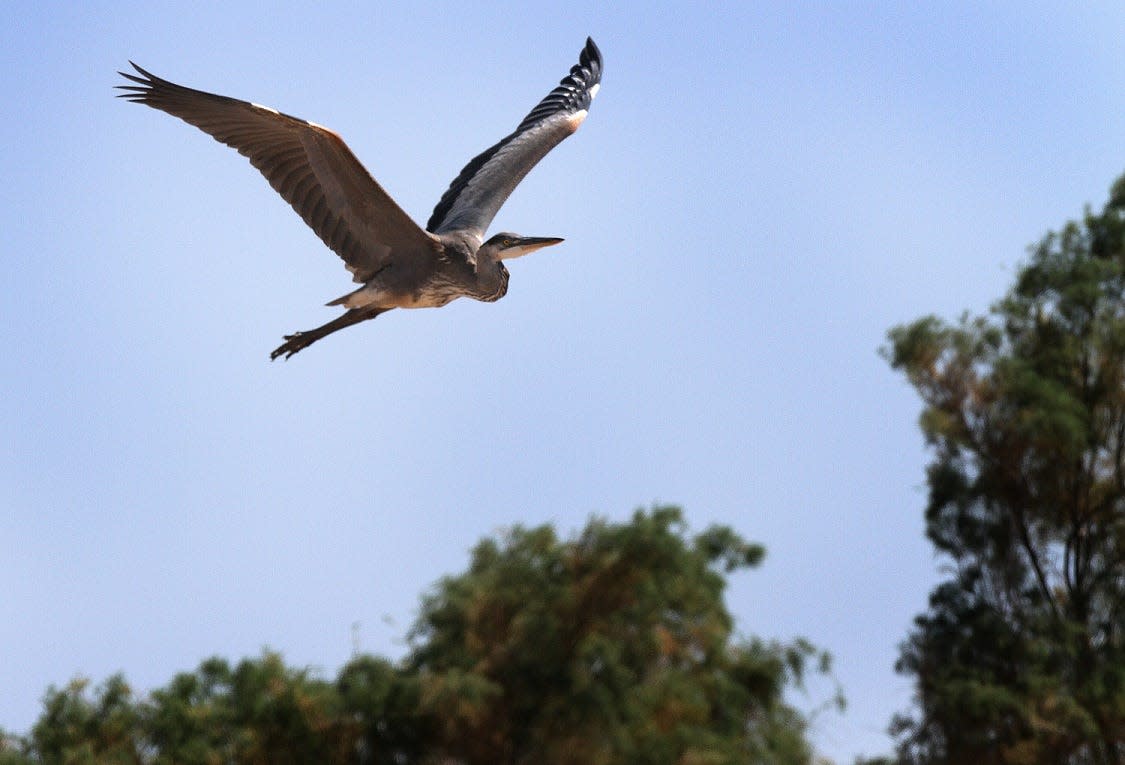
With this week’s City Council vote to rezone the area around the Rio Bosque Wetlands Park to allow Jobe Materials to operate a permanent concrete plant on the land, I searched the archives for information on the park.
In 1995, when the city was planning for the development of the Rio Bosque Wetlands Park, it was hoped that the park would be as popular as the nearby Bosque del Apache National Refuge in New Mexico.
An independent study showed that between August 1993 and July 1994, 90,788 people visited Bosque del Apache, near the towns of Socorro and San Antonio, New Mexico.
Those visitors spent $1.6 million on lodging, $1 million on purchases other than gasoline and meals, $500,00 on meals and $250,000 on gas. The average visitor contributed $25 to $37 to the economy and stayed 1 to 8 days in the area.
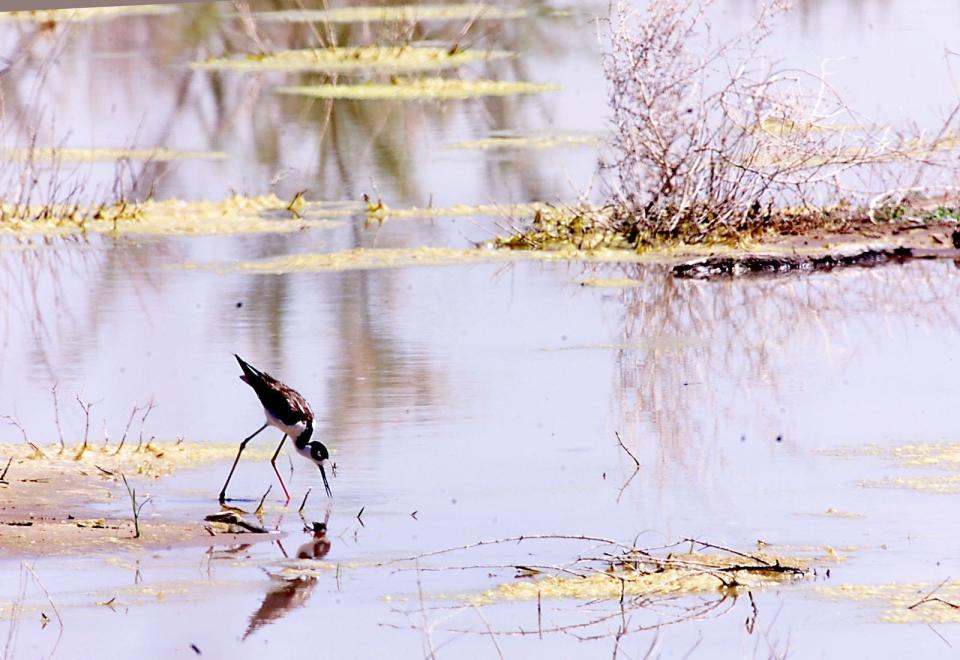
Rio Bosque wetlands may help economy
Sept. 11, 1995, El Paso Herald-Post
On Aug. 29, the plans for Rio Bosque wetland refuge took another step forward when the City Council authorized Mayor Larry Francis to accept money from the U.S. Fish and Wildlife Service for planning and designing the park.
Bill Potter, city director of parks and recreation, said the planning and designing “is at least 75 percent complete already.” He said that there’s no final timetable yet, but that once everything is approved, the refuge could be built in as little as 90 days.
The site encompasses 372 acres in the county about 10 miles southeast of El Paso, along the Rio Grande between the Roberto R. Bustamante Wastewater Treatment Plant and Socorro.
Potter said the refuge would be especially significant because it would be one of few — maybe even the only one — in such an urban setting. “It’s an exciting prospect, not just for the tourism and the border groups, but also as a place for El Pasoans and our schoolchildren, Boy Scouts, Girl Scouts, et cetera to observe nature,” he said.
Once waterfowl become established in the protected area, “the rest of the natural food chain” would follow, Potter said. For example, foxes could live in the area. And, he said, the refuge would be expected to draw not only many types of ducks, but also almost all other types of North American waterfowl…
“The mission is to provide a refuge, of course, and currently that area is being used for partying, four-wheeling, illegal hunting, et cetera,” Potter said, “so we’re going to have to have to be especially diligent about making sure all of that is kept out.”
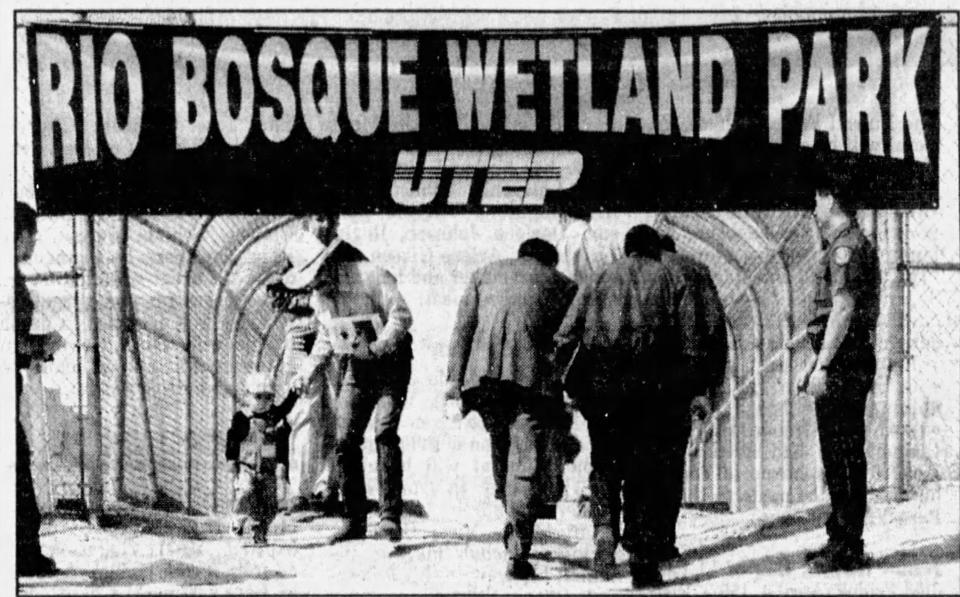
Waterfowl park receives funding
Nov. 20, 1996, El Paso Times
UTEP President Diana Natalicio and El Paso Mayor Larry Francis signed an agreement for the university’s Center for Environmental Resource Management to develop and manage the Rio Bosque Wetland Park as a public wildlife refuge for waterfowl.
Construction of the 372-acre wetland is scheduled to begin in February and will be financed by donations and in-kind services provided by the U.S. International Boundary and Water Commission and Ducks Unlimited.
Groundbreaking at the refuge occurred April 7, 1997. By Oct. 1999 UTEP’s Center for Environmental Management was offering guided walking tours of the park.
A Jan. 14, 2001, announcement in the Times reported that Morgan Inc., an El Paso engineering and environmental company, was given approval to proceed in preparing a development plan for the city of El Paso and UTEP on the Rio Bosque Wetlands Park. The plan was to be used to develop the wetlands for tourism and educational programs.
By Feb. 2005, the list of mammals in the park stood at 18 and the bird list 206.
City bolsters support of Rio Bosque
In Jan. 2008, City Council voted to renew the original 30-year contract that allowed UTEP to manage the park. The new 30-year contract allowed for as much as $10,000 from the city toward maintenance and utilities at the park. The original 1996 agreement said that the city would not be responsible for contributing any funds for the park.
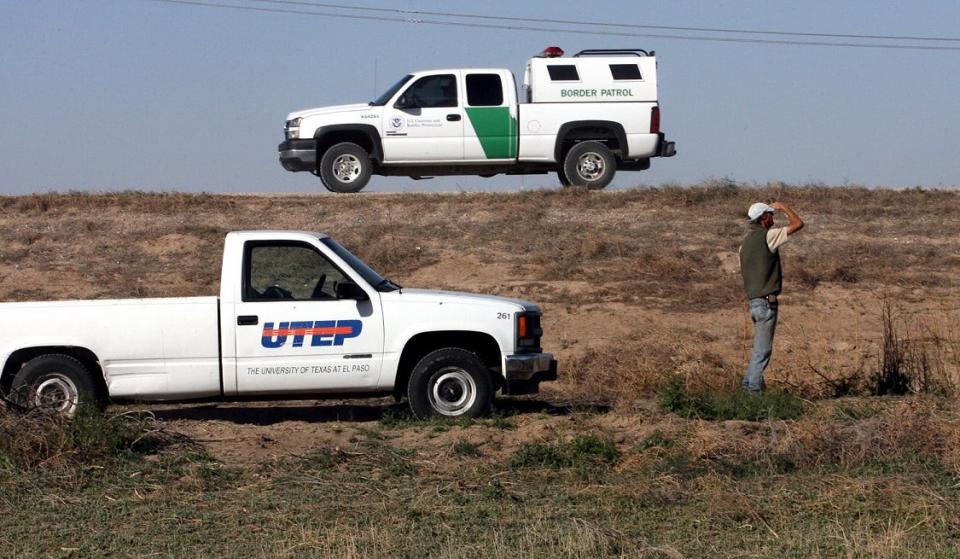
Conservationists worry about border fence
Nov. 8, 2008, El Paso Times
Conservationists are trying to draw attention to what they expect will be significant damage to the preserve that will come with construction of a 15-foot, steel-mesh border fence in the area.
In September, a federal judge dismissed a lawsuit filed by El Paso County, the city of El Paso, environmental groups and others.
Department of Homeland Security officials assured park officials that they’ll include 4-inch by 30-inch cutouts every 1,000 feet to allow wildlife access to the park.
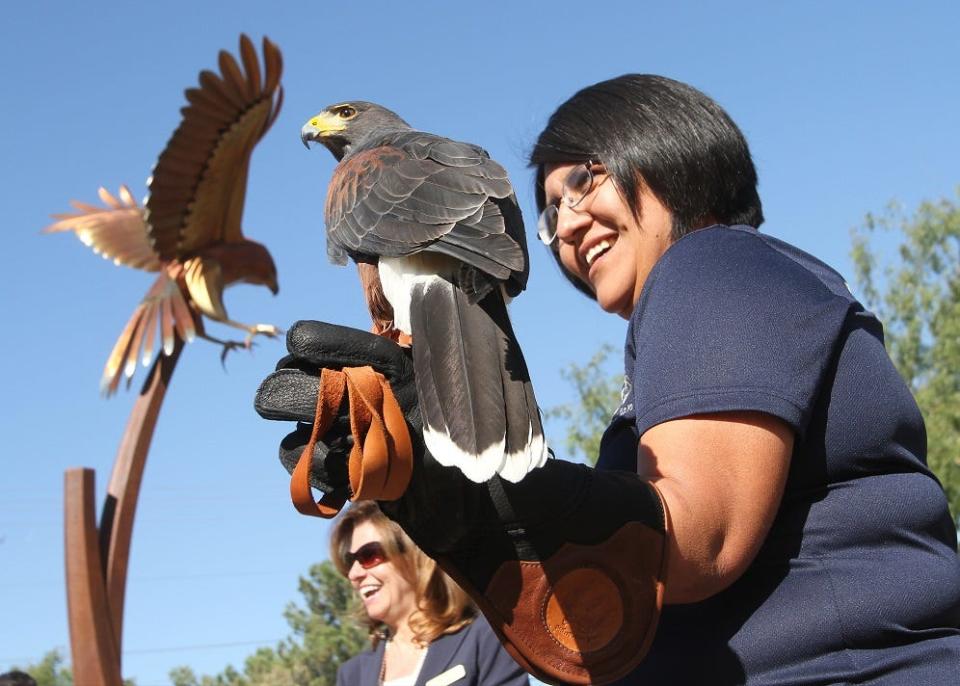
Sculpture of Harris hawk part of public art
At the time this story was written, the Harris hawk sculpture was planned for the Rio Bosque Wetlands Park. The sculpture was dedicated at the El Paso Zoo in Nov. 2012.
Dec 27, 2011, El Paso Times
A stainless-steel sculpture of a Harris hawk, part of the 2012 Public Art Plan for the city of El Paso was being created by California artist Heath Satow. City officials estimated the sculpture would cost $170,000.
Harris Hawks have been frequent visitors to the park since restoration efforts started.
Rio Bosque park to get water all year round
Nov. 28, 2012, El Paso Times
City Council approved a plan to supply the park with year-round water. Previously the wetlands received irrigation water only after the summer growing season ended.
The resolution transferred the park land to the Public Service Board, allowing it to send water from the Robert Bustamante Waste Water Treatment Plant throughout the summer.
The year-round water was expected to create an explosion of plant growth to support a variety of animals, including birds that winter in the area.
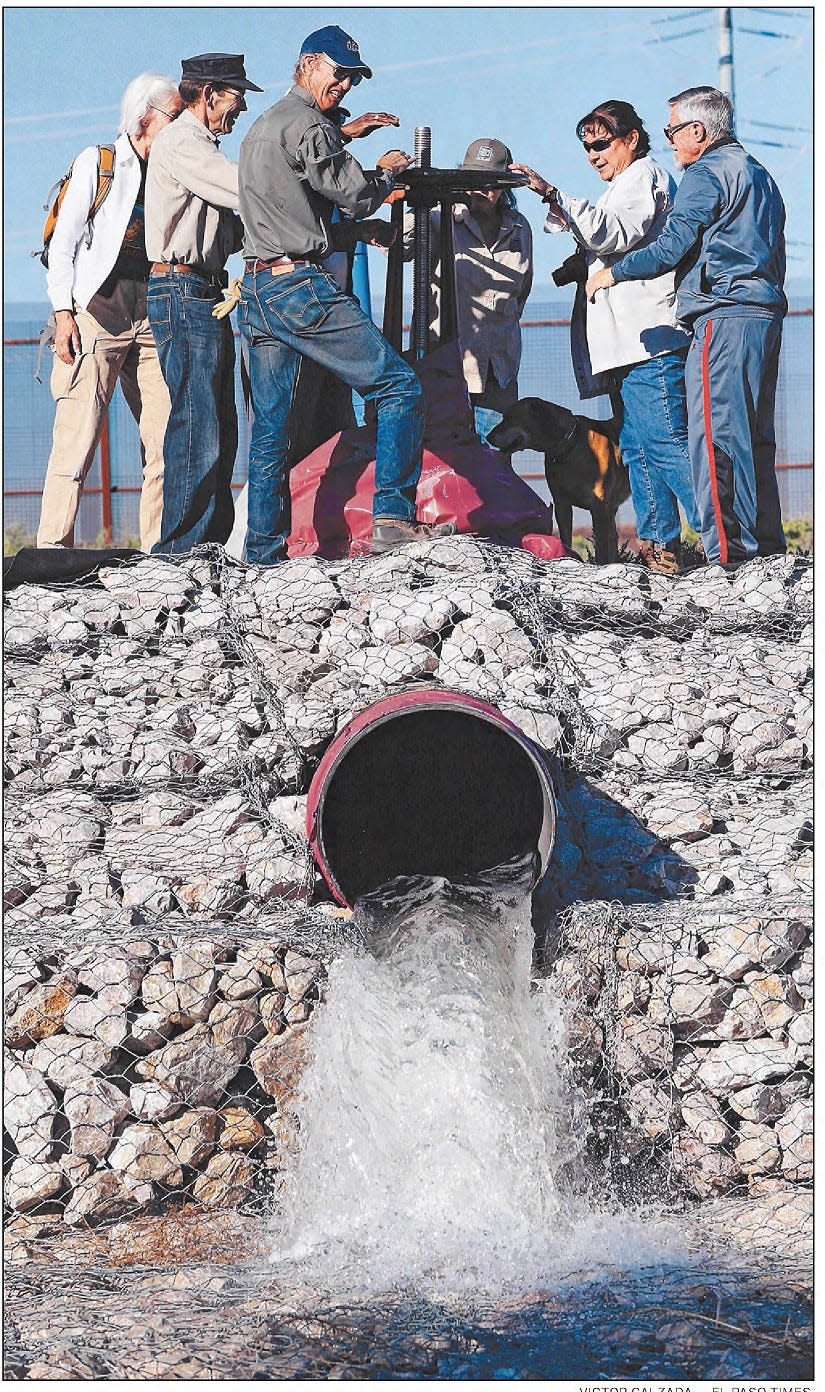
Water begins to flow to Rio Bosque park
May 2, 2015, El Paso Times
With the turn of a giant valve, thousands of gallons of water began flowing into the Rio Bosque Wetlands Park.
Officials said that a flow of 4.3 million gallons of water a day will be available to the park from May to September.
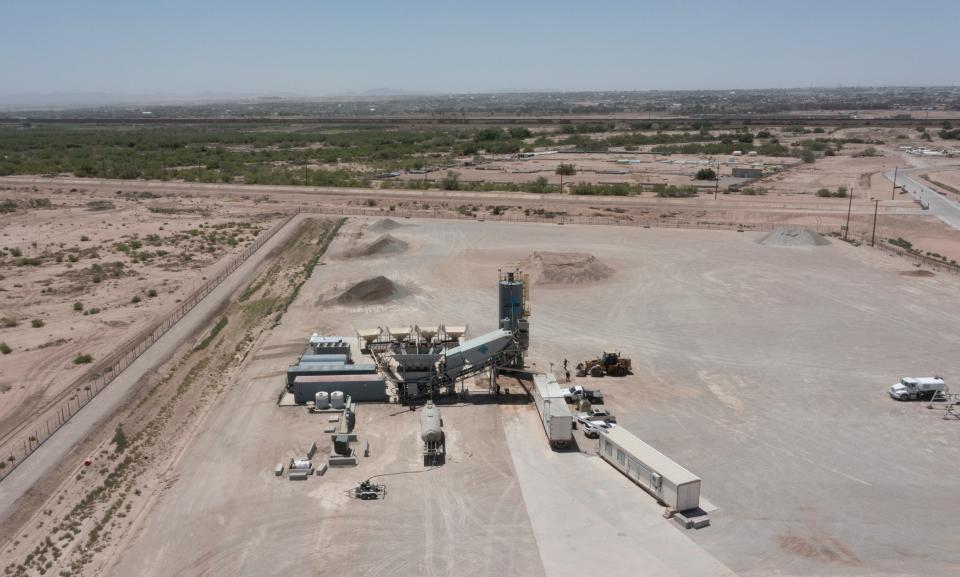
El Paso City Council agrees to permanent concrete plant at Rio Bosque
May 9, 2024, El Paso Times
Rezoning the land around the Rio Bosque from Ranch & Farm to Light Manufacturing means Jobe Materials, which has been operating a temporary plant on the site for the last year, can make its operation there permanent. Additionally, where the temporary plant was solely there to provide concrete for the Bustamante Water Treatment Plant project, the change in zoning means the Jobe Materials site can now do business in the private sector as well.
Additionally, El Paso Water and Jobe Materials have agreed to advance a handful of conservation efforts around the plant, including a row of trees between the concrete plant and the park, an easement to introduce more water into the area, and the reintroduction of more native plants.
But opponents of the plan, which included conservationists, scientists and activists, said that allowing Jobe Materials' concrete batch plant to take up permanent residence around the wetlands park would detract from the natural beauty of the area and funnel more air and noise pollution into a city already blanketed in both.
Trish Long may be reached at tlong@elpasotimes.com or 915-546-6179.
This article originally appeared on El Paso Times: Plans for Rio Bosque wetland refuge took a step forward in 1995: Trish Long

